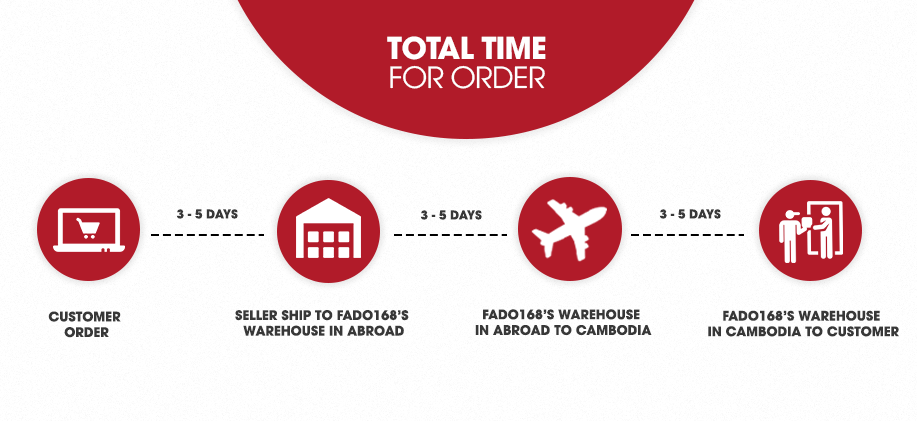For example, some experts in machine and deep learning, such as François Chollet (2017), outright doubt that prediction in financial markets is possible. Certain experts in finance, such as Robert Shiller (2015), doubt that there will ever be something like a financial singularity. Others active at the intersection of the two domains, such as Marcos López de Prado (2018), argue that the use of machine learning for financial trading and investing requires an industrial-scale effort with large teams and huge budgets.
This book does not try to provide a balanced view of or a comprehensive set of references for all the topics covered. The presentation is driven by the personal opinions and experiences of the author, as well as by practical considerations when providing concrete examples and Python code. Many of the examples are also chosen and tweaked to drive home certain points or to show encouraging results. Therefore, it can certainly be argued that results from many examples presented in the book suffer from data snooping and overfitting (for a discussion of these topics, see Hilpisch 2020, ch. 4).
The major goal of this book is to empower the reader to use the code examples in the book as a framework to explore the exciting space of AI applied to financial trading. To achieve this goal, the book relies throughout on a number of simplifying assumptions and primarily on financial time series data and features derived directly from such data. In practical applications, a restriction to financial time series data is of course not necessary—a great variety of other types of data and data sources could be used as well. This book’s approach to deriving features implicitly assumes that financial time series and features derived from them show patterns that, at least to some extent, persist over time and that can be used to predict the direction of future movements.
Against this background, all examples and code presented in this book are technical and illustrative in nature and do not represent any recommendation or investment advice.
For those who want to deploy approaches and algorithmic trading strategies presented in this book, my book Python for Algorithmic Trading: From Idea to Cloud Deployment (O’Reilly) provides more process-oriented and technical details. The two books complement each other in many respects. For readers who are just getting started with Python for finance or who are seeking a refresher and reference manual, my book Python for Finance: Mastering Data-Driven Finance (O’Reilly) covers a comprehensive set of important topics and fundamental skills in Python as applied to the financial domain.


